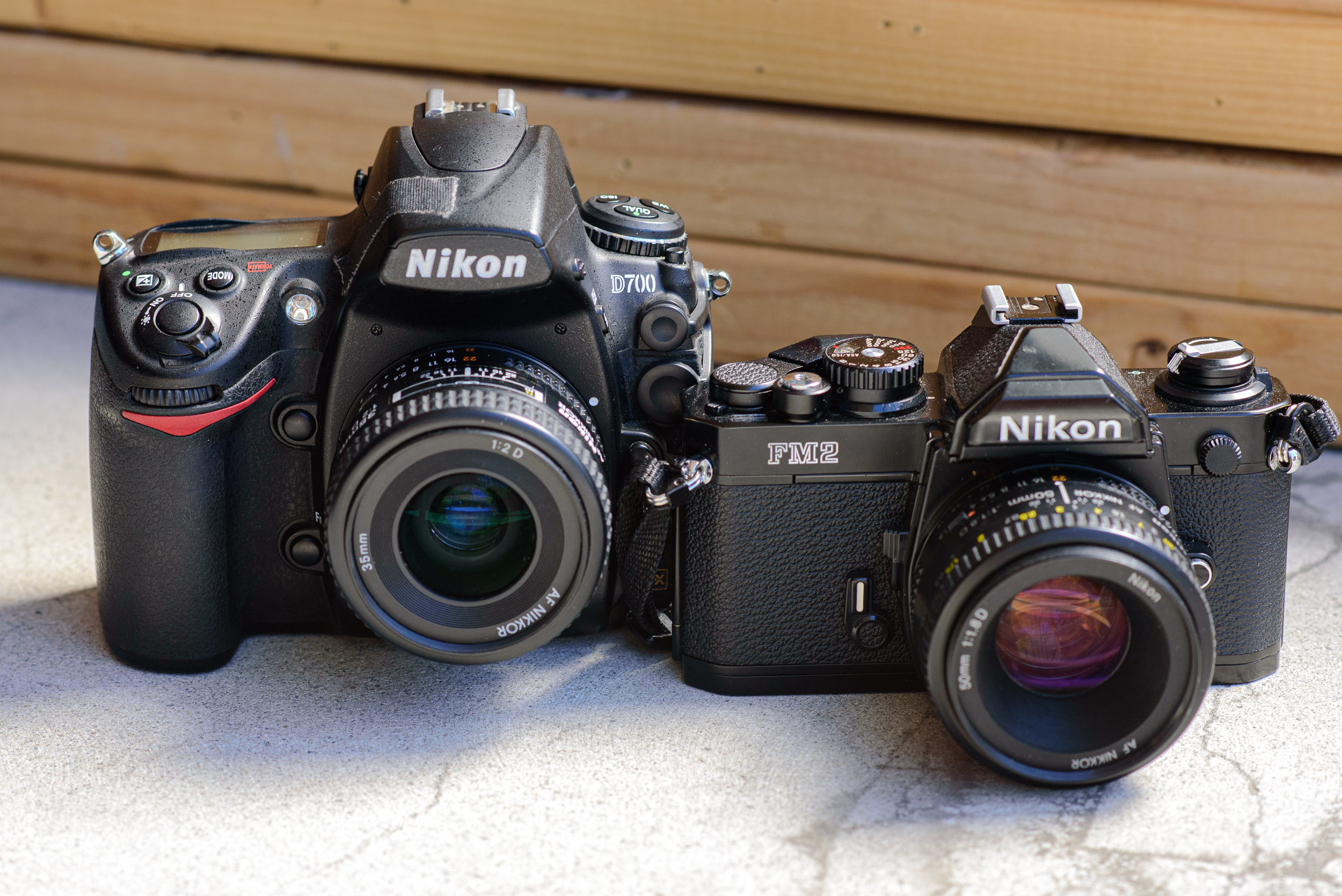What is the Difference Between Film Based and Digital Cameras? Digital cameras encode and store digital images. Most cameras sold today are digital cameras, with some being integrated into mobile devices like smartphones and tablets. These cameras use a similar optical system to film-based cameras, such as a variable-diaphragm lens, but instead of using film, rely on an electronic image sensor to convert incoming light into digital signals. Then, once the image has been captured, it is stored on a hard disk.
Processor chip
The processing power of digital cameras can be attributed to the camera’s processor chip. This chip processes light entering the camera through a lens or other optics. Then, the image sensor converts the light into a digital signal, which is then used to trigger various actions, including reading out the frame and storing the images. Consumer level cameras often feature controls for zoom, flash, image storage, and viewing. The sensor used in these cameras is usually a CCD. CCD sensors start and stop exposure for all pixels at once, a process known as global shutter. The exposure charge from the sensor is transferred to the chip’s floating diffusion amplifier and a horizontal shift register. CCD sensors are being phased out of production by Sony as of 2015, and support for them will cease in 2026.
Most digital cameras use charge-coupled device (CCD) sensors. These are more expensive than CMOS chips. When light hits a CCD sensor, it converts into a pixel charge array, which is serially shifted out. The digital data is then processed and compressed for storage and subsequent display. The main disadvantage of CCD sensors is that they cannot integrate other devices onto one chip, but this problem can be fixed with special circuitry.
Image sensor
The image sensor in digital cameras is a central component of the imaging system. There are several types of image sensors, though most are variations of CMOS. Back-illuminated sensors increase the amount of light a sensor can capture. Despite the complexity of an imaging system, the image sensor is perhaps the most important component. As sensor technology improves, it becomes more accurate, and consumer image quality has never been higher. This article will examine some of the main types of image sensors used in digital cameras.
There are three types of image sensors in digital cameras. The two most common types are CCD and CMOS. CCD is the oldest image-capture technology, and offers superior image quality, dynamic range, and noise control. However, it is also more power-hungry than CMOS, and it is typically only used in budget compact models. While it is the earliest form of image-capture technology, it is still common in consumer digital cameras today, and many manufacturers use it in their products.
PictBridge standard
The PictBridge standard for digital cameras was introduced by the Camera & Imaging Products Association (CIPA) in 2003. This technology lets you print your photos directly from your digital camera without using your computer. You’ll need a PictBridge compatible printer and a digital camera with this standard. Read on to learn more about this new standard and its benefits. You can find a range of compatible printers on the market today.
The PictBridge standard for digital cameras is vendor-neutral and requires that all devices used in digital photography are PictBridge compatible. To find out whether your camera is PictBridge-compatible, look for the PictBridge logo on the device. If your camera is PictBridge-compatible, you can also download the images using a Canon USB data transfer cable. The USB data transfer cable is also known as a CIPA-approved cable.
Dynamic range
The dynamic range of a digital camera can vary from model to model, depending on the size of its sensor. A compact camera, for example, is going to have a smaller dynamic range than a DSLR. However, a digital camera is going to have a larger dynamic range than a compact camera. To find out which camera has the best dynamic range, follow these steps:
First, we need to define what the dynamic range of a camera is. The term “dynamic range” is actually a visual representation of the brightness of an image. In a visual representation, blacks and whites are shown on the left, and tonal variations are in between. A camera’s dynamic range is an important factor when it comes to taking good photos. You want to find one with as wide a range as possible.
Preset modes
While modern cameras are filled with high-tech options, the number of settings and modes can be confusing. Not all manufacturers agree on the terms used to describe the modes, and some refer to exposure and shooting modes by different names. Learning to recognize these differences can help you get the best shots possible with your camera. Below, we’ve listed some of the most common modes and how to use them. The images in this article are licensed under CC BY-SA 2.5.
Automatic modes: In automatic mode, the camera determines all aspects of exposure, such as shutter speed and aperture. They select the exposure parameters based on the type of application, as well as white balance and equivalent sensitivity. For example, portrait mode uses a larger aperture to try to capture the face of a model, while landscape mode uses a smaller aperture. Some cameras have dozens of different modes and don’t document what each mode does, so it’s best to experiment and find the right one for your needs.



